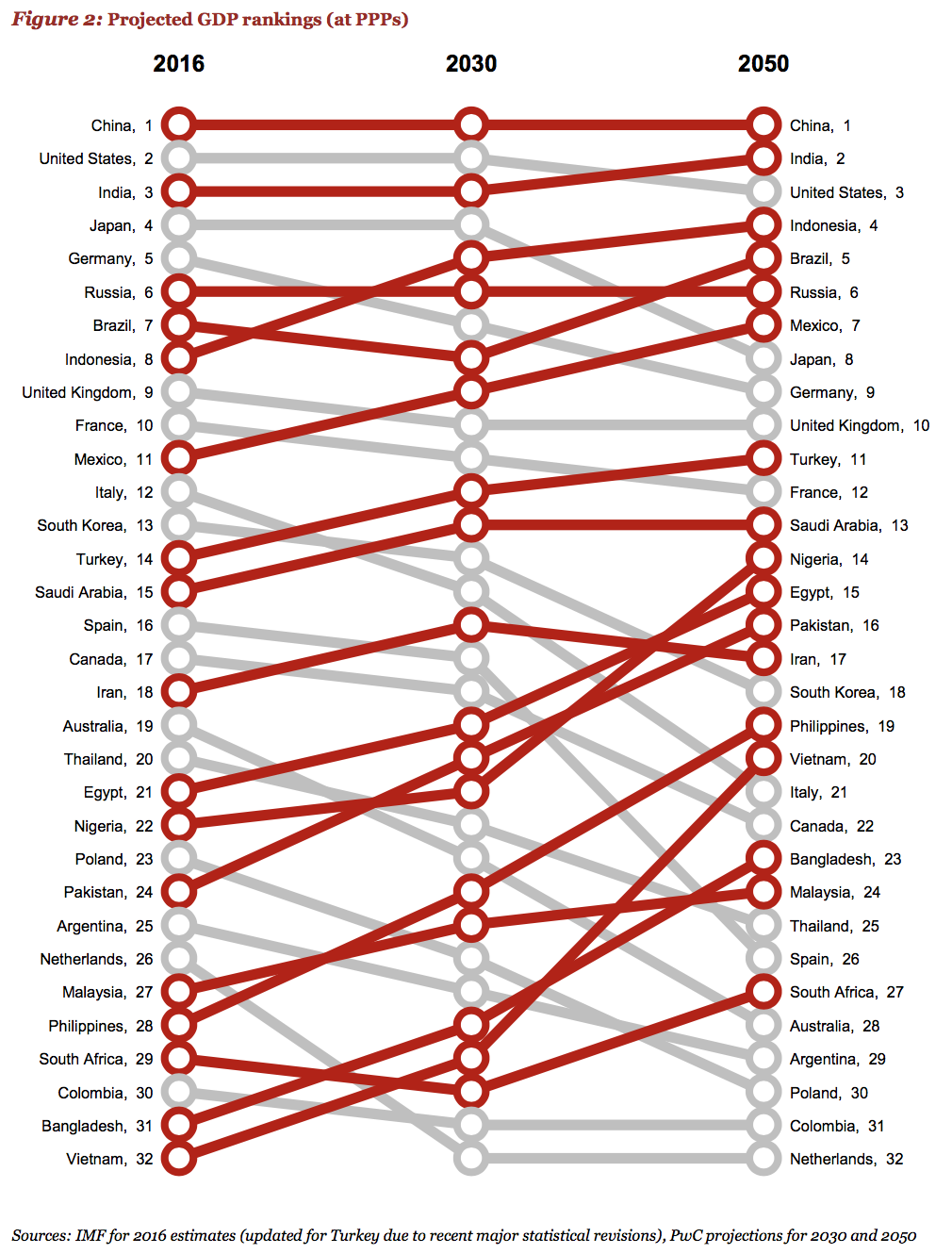More Africans will find it easier to travel across the continent
2018 was a major turning point as the launch of the Single African Air Transport Market and ongoing progress of the African Union’s visa openness initiative made it faster, less expensive and easier than ever for Africans to travel within the region. Today, Africans do not need a visa to travel to 25% of other African countries and can now get visas on arrival in 24% of other African countries. Ethiopia, Africa’s diplomatic capital and one of the region’s key aviation hubs, for example, began offering visa on arrival to all Africans starting from November 9, 2018. Air traffic in Africa is forecast to grow 6 percent per year, twice as fast as mature markets and faster than any other region over the next two decades. Improved regional agreements and demand should help lower costs for consumers.
Regional financial integration through increased mobile money interoperability will rise
McKinsey Global Institute estimates that widespread adoption and use of mobile money could add $3.7 trillion to the GDP of emerging economies within a decade. Mobile money interoperability is common in East and Central Africa as well as between Zimbabwe and South Africa, but in 2019 we predict that this trend will accelerate.
In late November, Orange Group and MTN Group, leading African telecoms providers, announced a joint venture, Mowali to enable interoperable payments across the continent. The joint venture will bring together 100 million Orange Money and MTN Money users in 22 African markets.
Members of the West African Economic Monetary Union (WAEMU) — a group of eight primarily francophone West African states within the ECOWAS — are building an interoperable system that will connect 110 million people to more than 125+ banks, dozens of e-money issuers, and 600+ microfinance institutions by the end of next year.
These partnerships will help more Africans across the continent receive better access to financial services, particularly in under-served rural communities.
So what does this mean for Africans?
Although the continent’s youth bulge is often cited in negative terms in terms of net migration, it is also means that a young and eager workforce, increasingly educated and hungry for opportunity, has a brighter future.
Africa’s trajectory in 2019 is to be more interconnected, more dynamic than ever, and a place where entrepreneurs can find a market for their innovation. Since 2016, for example, the number of active tech hubs across Africa has grown by more than 50% to 442 according to the telecoms industry body, GSMA. Hurdles like the most expensive data costs in the world remain and cost of living can be high, but the long arc of development bends towards continued progress in the coming year.





